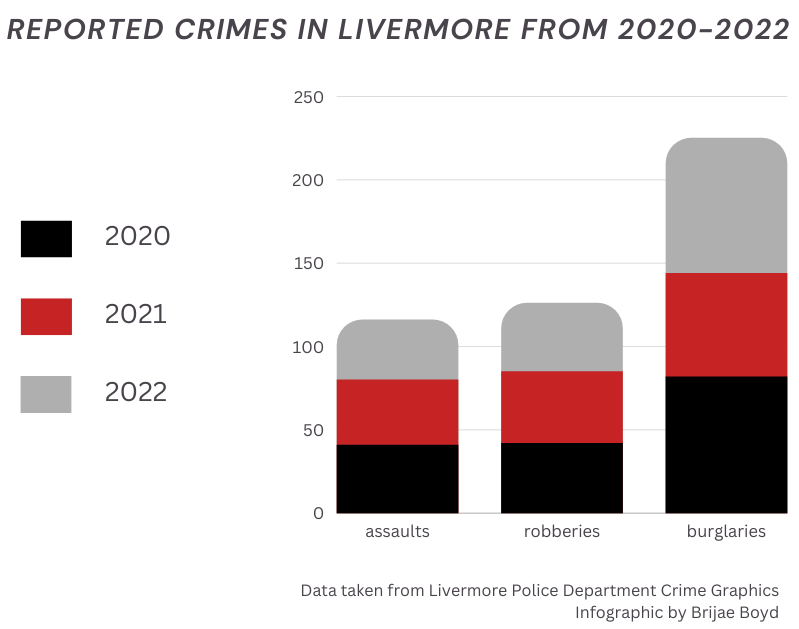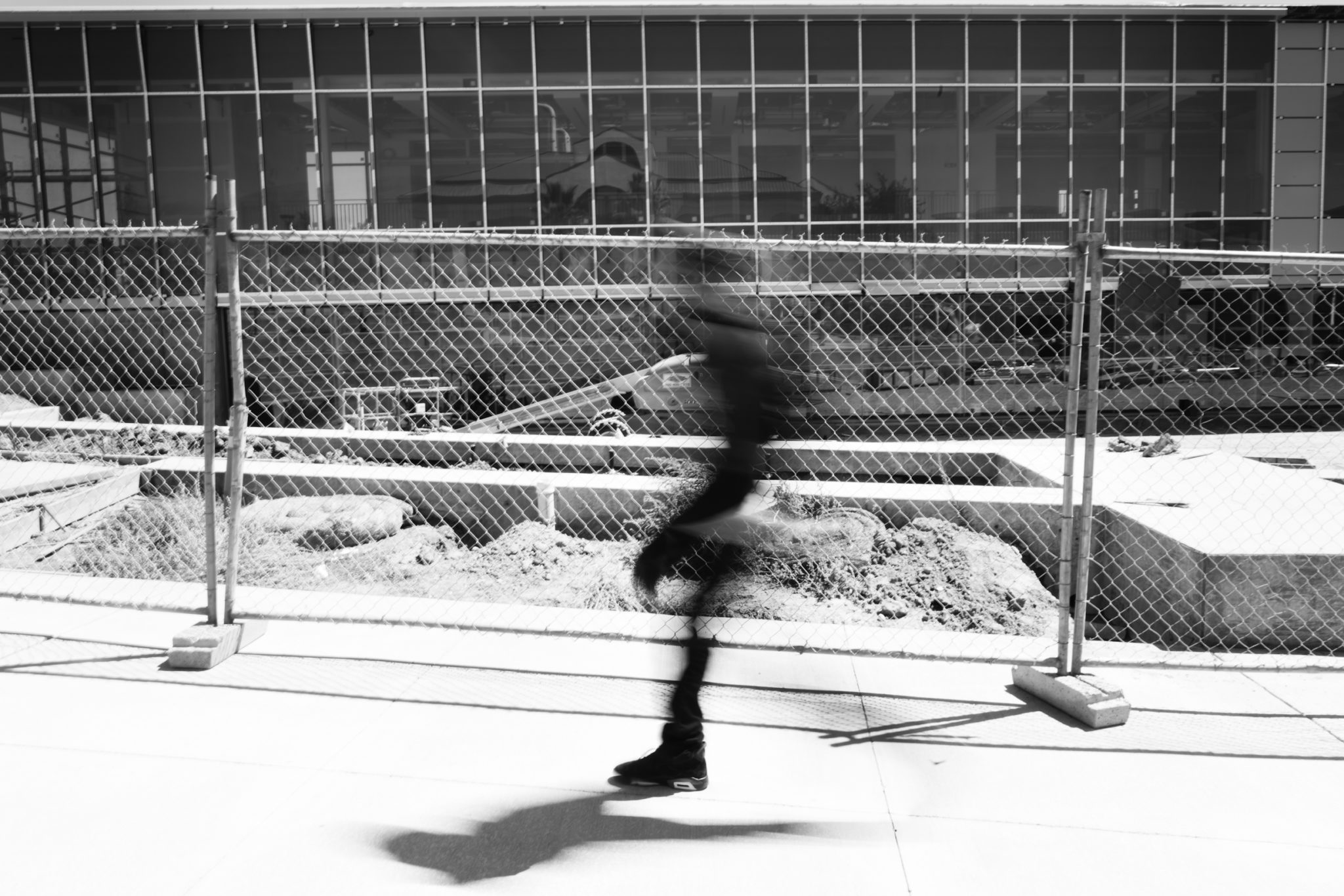Who do you call, what do you do and are you prepared?
In light of school shooting incidents, like the recent Michigan State shooting in February or the Nashville Covenant shooting in March, worries continue to increase over the security of school campuses against mass acts of violence.
Las Positas is no exception to that threat of violence. Not more than a couple miles from the school, the Granada Bowl shooting in 2022 resulted in two deaths last year and surged Bay Area news circuits. Between 2020 and 2023, there were 136 instances of reported aggravated assaults, and four reported murders in Livermore, according to Livermore Crime Graphics.
Sean Prather, head of Las Positas’ security, has worked at the college for five years. In order to give a comprehensive breakdown of the factors leading to these violent events, Prather based his opinions on a study by the Department of Education and the Secret Service. It examines active shooter incidents over the past 35 years.
“Statistically, these incidents happen more in suburban areas. This doesn’t mean that schools in rural areas shouldn’t focus on active shooter drills, or that suburban schools should practice more. All schools should be equally prepared” Prather said.
There have not been any drills since the campus reopened. Prather revealed the security officers often test the operating system, sounding alarms at low volumes so as not to disturb students.
As for updates and improvements regarding general system maintenance, Prather explained they recently finished a campus-wide upgrade of every building’s electrical locks. For the event of a shelter-in- place lockdown,they plan to install a panic button to lock all doors immediately.
Prather says the security office is focused on ensuring Las Positas’ staff is up to date on safety training and shelter-in-place drills. Throughout the school year, Prather is scheduled to make presentations to different divisions of faculty. The staff is responsible for closing blinds, turning off lights, barricading doors and guiding students to where they need to be.
“It was interesting, I learned a lot about hunkering down. To use anything that is around me as a weapon. It was eye opening.” Virginia Edwards, one of the resident library technicians said.
“We actually had to put our training into practice in 2017,” referring to an incident where a suspicious person was reported near the science building.
In 2017, a student was spotted with what appeared to be a large gun hanging out of his backpack. This resulted in a hour-long campus lockdown until the student was found. The student explained that the weapon was a toy Nerf gun brought for an out-of-school activity
“It was scary. I remember we had to keep them (students) calm. One girl was really crying. You know your imagination goes wild in those situations,” Edwards said.
“I think that students should receive more training as well. It really came in handy,” Edwards said.
A shelter-in-place drills are announced the same week they’re scheduled. The security office notifies students through email and text. Shelter-in-place drills are also announced over the campus intercom five minutes before they take place.
Before the pandemic, drills were held once a semester. Due to the COVID-19 lockdown, active drills came to a halt. Now that the campus is slowly settling to pre-pandemic conditions, the security office will resume holding drills once a semester. They will come back by the 2023 summer semester, once new hires are trained.
Campus security heavily relies on reports from students and staff. Prather says it is important that people report actual threats to campus security, and not just suspicious activity. He details that the protocols for dealing with suspicious behavior involve calling mental health services. Actual threats would require the security office to coordinate with the Livermore Police Department.
Despite the fact that campus security depends heavily on student involvement when determining a threat, students don’t know what they should do if an active shooter were on campus. When second-year data science major, Juliana Rasak, was asked what to do during a shelter-in-place emergency she said, “I would have no idea, I would probably wait to see what a teacher is doing or see if anyone knows what to do.”
Ibraheem Syed, third year computer science major, is no stranger to the threats many campus’ face. “When I went to Dublin High, there was a bomb threat by a former student my freshmen year. Even though the police didn’t find a bomb, half of the school didn’t come that day.” Syed said.
Syed was there though, bright and early. It was an annual occurrence for the school to receive some sort of threat.
In terms of accessibility to information of Las Positas protocols and procedures, Prather says it is the responsibility of students to find it. The security office assumes this generation is more aware of the dangers of mass violence than previous ones. However, the administration and security team may put too much reliance on students past drill experience, students say.
“It can lead to panic amongst students if students don’t know what to do (in active shooter settings). One drill a semester would definitely help with that,” Ali Holm, a senior Middle College student said.
If you see someone making an active threat to campus please notify campus security at (925) 424-1690.
Brijae Boyd is a staff writer for the Express. Follow her @Bboyd_express.



